The biggest cinematic event of the year is finally upon us. The release of Greta Gerwig's highly anticipated Barbie and the release of Christopher Nolan's three-hour epic Oppenheimer on the same day has turned the Internet and social media into a frenzy over the past few months. This spectacularly different double feature has been dubbed "Barbenheimer" by moviegoers, and it has everyone from casual movie fans to self-proclaimed film buffs excited to hit the theaters again. With a combined runtime of just under five hours, Barbenheimer has made this summer one for the cinema history books.
To prepare for and get in the right mindset for each of these drastically different films, many people have been curating a list of movies to watch beforehand. Even Greta Gerwig compiled a list of films that she felt embodied or inspired the essence of Barbie. Everyone is looking for the best ways to gear themselves up for the double feature of the decade. While there has been much debate over the best films to watch to prepare for each film, there has not been much discussion about what to watch afterward. After seeing these highly anticipated movies that many of us have spent months looking forward to, it is likely that people won't be ready to leave these stories behind just yet. Therefore, we have compiled a list of 15 movies to watch after your Barbenheimer double feature to help you hold onto the feelings these films inspire a bit longer.
15 Singin' in the Rain (1952)
Greta Gerwig has said that films from the Golden Age of Hollywood heavily inspired her colorful, almost-musical interpretation of the world's most famous doll. Specifically, Stanley Donen's classic musical Singin' in the Rain greatly influenced Barbie's musical scenes. The movie is set during the transitional phase of Hollywood when studios were moving away from silent pictures to talking pictures, or "talkies."
It stars Gene Kelly as Don Lockwood, a silent picture star struggling to make the transition to talkies with his co-star and publicity stunt girlfriend Lina Lamont (Jean Hagen). He falls for a chorus girl named Kathy Selden (Debbie Reynolds) as Lina becomes incredibly jealous and determined to be a talkie star. It's a colorful, fun film with fantastic musical numbers and all-around wonderful performances from some of the time period's biggest stars. It has a similar feel to the jealousy Ken (Ryan Gosling) feels about Barbie not reciprocating the same feelings as him and the musical numbers in both share similarities.
14 Atonement (2007)
Joe Wright's Atonement is a romantic war drama that is set over the course of multiple decades, spanning from 1930s England to modern-day England. The film centers around a fateful event where 13-year-old aspiring writer Briony Tallis (Saoirse Ronan) irrevocably changes the course of two lives when she accuses her older sister's lover of a crime he did not commit. A good portion of the film takes place during the Second World War after the false accusation sends Robbie (James McAvoy) to prison and eventually to Dunkirk. It is a truly devastating romance as Robbie and Cecilia (Keira Knightley) rarely ever cross paths again and the audience is left wondering what their lives could have been like if not for that night. It also depicts some of the tragedies of war and a devastated Europe that make the love story even more tragic.
13 Clueless (1995)
Amy Heckerling's Clueless is an excellent movie to watch after seeing Barbie. Cher (Alicia Silverstone) has many similarities to Margot Robbie's Stereotypical Barbie from their fashion choices to their manner of speaking. Cher is a wealthy Beverly Hills high school student who is dealing with relationships, school, friends, her widowed father, and her ever-important social life. Cher, much like Barbie, at first comes across as a privileged young woman with a superficial personality. However, Cher is actually quite smart and a truly kind person that wants to make a difference in the world. Also like Barbie, Cher doesn't realize the true ways of the world until she experiences a harsh dose of reality herself. Both women take what they learned in the "real world" and use it to better themselves and their surroundings.
12 Dr. Strangelove or: How I Learned to Stop Worrying and Love the Bomb (1964)
This list couldn't be complete without the inclusion of Stanley Kubrick's political satire, Dr. Strangelove or: How I Learned to Stop Worrying and Love the Bomb. This would work as a great follow-up to Nolan's nuclear World War II drama as it is set during the Cold War when tensions were high between the United States and the Soviet Union. Dr. Strangelove follows a maniacal American general named Jack D. Ripper (Sterling Hayden) with a desire to press the nuclear war button. After initiating a strike against the Soviets, a room full of politicians, generals, and diplomats frantically try to stop the nuclear attack. One of Kubrick's earliest and best films, it is often regarded as one of the greatest political satires, and should definitely be on your list of movies to watch after seeing Oppenheimer.
11 Legally Blonde (2001)
Perhaps the only other equally iconic blonde, pink-adorned character besides Barbie is none other than Elle Woods. Played perfectly by Reese Witherspoon, Elle Woods has been inspiring and motivating women for over 20 years to achieve their goals even when others think they can't. Legally Blonde sees Elle go through a character transformation similar to Barbie's that enhances her worldview but never alters her personality or her demeanor. The law students around her believe her to be a stereotypical dumb blonde simply because she's "girly" and comes from a fashion merchandising background, but Elle elegantly and intelligently proves them wrong. Without losing her personality or her sense of style, Elle uses her wit and charm to demonstrate to everyone at Harvard that she is more than capable of being an excellent lawyer and that she is more passionate about the law than she initially realized.
10 Hidden Figures (2016)
This biographical drama could actually work as the second movie in a double feature for either Barbie or Oppenheimer. Hidden Figures details the real-life story of three incredibly intelligent mathematicians who played a pivotal role in the early days of NASA's space program. The mathematicians were three African-American women named Mary Johnson (Janelle Monae), Dorothy Vaughan (Octavia Spencer), and Katherine G. Johnson (Taraji P. Henson), and none of them had an easy time climbing the NASA ladder in the early 1960s. Despite the professional, racial, and gender barriers these women had to cross to be taken seriously, they managed to ensure that their work achieved what it was meant to. They are responsible for the calculations and science behind America's first crewed orbital spaceflight that occurred in 1962. It fits the biographical and innovation aspect of Oppenheimer while fitting in with the female empowerment aspect of Barbie.
9 The Truman Show (1998)
Peter Weir's introspective dramedy The Truman Show is another film that inspired Greta Gerwig during the making of Barbie. Gerwig was even granted the opportunity to get on the phone with Weir prior to filming, so she could pick his brain about the way he shot his film. He actually advised her not to shoot outside with lights hung above them because it would get too hot.
The film revolves around its titular main character Truman (Jim Carrey) as he goes about his average life as an insurance salesman with little to no changes to his daily routine. He never even leaves his idyllic lakeside town. It isn't until Truman finally starts to notice some of the strange things about his hometown and the residents in it that he suspects there is something off about the life he leads. Truman's entire life has been globally broadcast as a reality show where the only person who doesn't know he's on a show is Truman himself. The journey Truman goes through to discover who he really is without the constraints of the world that was created for him is reminiscent of the journey of self-discovery Barbie embarks on.
8 Schindler's List (1993)
Oppenheimer is a devastating, breathtaking cinematic achievement that unflinchingly recounts the atrocities of war and human nature. It is not the only film that can be described this way, as Steven Spielberg's 1993 film Schindler's List fits this bill completely. Set against the backdrop of the worst atrocity to come out of World War II, the film centers around industrialist Oskar Schindler in German-occupied Poland as he grows increasingly concerned for his Jewish colleagues after witnessing their persecution by the Nazis.
The heartbreaking film is based on the real-life Schindler who went from a greedy German businessman to an unlikely humanitarian who felt compelled to aid the Jewish population by turning his factory into a refuge spot. The biographical drama makes you feel the weight of the barbaric reign of the Nazis and the irrevocable trauma they caused. The use of black and white conveys the depressing environment of the time period and provides a somber tone that sticks with the viewer in the over three-hour runtime.
7 The Wizard of Oz (1939)
The influence of The Wizard of Oz is evident throughout the entirety of Barbie. From the vibrant set pieces to the elaborate costume design, the presence of the classic Golden Age film is constant. Dorothy's journey from Kansas to Oz is essentially Barbie's journey from Barbieland to California in reverse. Dorothy is out of place in Oz and doesn't understand the way this magical land works, just as Barbie is entirely unfamiliar with the way society operates in the real world. The painted skies and painted backdrops of the Emerald City inspired the approach to have Barbieland look like it was designed in the '30s or '40s. The film is even shown to be playing at the movie theater in Barbieland as it's shown on the marquee. Gerwig and the crew even traded the iconic Yellow Brick Road for the Pink Brick Road to fit Barbie's traditional aesthetic.
6 A Beautiful Mind (2001)
Ron Howard's biopic about genius mathematician John Nash (Russell Crowe) details his incredible achievements in mathematics while dealing with his ongoing battle with schizophrenia. Similar to Robert Oppenheimer, Nash was extremely smart and the best at what he did. Nash had a very analytical brain and made a significant discovery early on in his career. He is credited with a concept in game theory called Nash Equilibrium.
Essentially, the theory explains that the optimal outcome in a game is when there is no incentive for a player to deviate from his initial strategy, even if they know their opponent's strategy. Despite discovering this, he quickly found himself on a painful self-discovery journey that resulted in personal tragedies after accepting secret work in cryptography. As A Beautiful Mind indicates, It wasn't until much later in his life and career that he finally overcame his struggles and received a Nobel Peace Prize.
5 Confessions of a Teenage Drama Queen (2004)
Mary Elizabeth "Lola" Steppe (Lindsay Lohan) from the Disney movie Confessions of a Teenage Drama Queen is the ultimate dreamer. It may seem like an obscure choice to feature in this list, but Lola's constant daydreaming and fantasizing about her life would actually make for a great double feature after watching Barbie. Lola is an artsy, music-loving teenage girl from Manhattan that is absolutely crushed when her divorced mother moves her and her younger sisters to the suburbs of New Jersey.
Convinced her cultural lifestyle is done now that she's in the suburbs, she creates elaborate stories about her life in New York once she starts high school in the town of Dellwood, which she refers to as "Deadwood." She continues to make her former New York life seem as spectacular and tragic as she can, even telling her new friend Ella (Alison Pill) that her father died tragically in a motorcycle accident when in reality he was alive in the city. Lola's fantasies are often reminiscent of grand Hollywood musicals from the '50s and often have an almost cartoonish effect similar to those in Barbie. To Lola, leaving Manhattan and moving to Jersey would end her cultural and entertaining lifestyle. It's similar to Barbie leaving Barbieland and immediately feeling out of place, but it ended up being exactly what they needed.
4 Hiroshima Mon Amour (1959)
The French film Hiroshima Mon Amour is a gut-wrenching drama that focuses on the tumultuous romance between a French actress and a married Japanese architect who share their differing opinions on war. Elle (Emanuelle Riva) is in Japan to make a film about peace and the impact of the atomic bomb on Hiroshima. She meets Lui (Eiji Okada), the Japanese architect who lost his family in the bombing.
Over the span of many hours, the lovers turned friends recount their past romances and life experiences through numerous deep conversations. Their stories of love and war intertwine as they ponder the destruction wrought by the atomic bomb. The attraction and desire between the two bring about conversations about the devastation romance can wreak upon a person that parallels their feelings about the war and the bombing. It is an emotional, tragic, beautiful story of two people who experienced one of the most horrific events in history in very different ways, and their pain in remembering and fear of forgetting results in a poignant romance.
3 Little Women (2019)
Watching one of Greta Gerwig's previous directorial efforts after seeing her biggest film to date is ideal for becoming familiar with her style and the stories that drive her to make more films. Her 2019 adaptation of Louisa May Alcott's cherished 1868 novel Little Women encapsulates the themes of the stories Gerwig wants to tell. Gerwig's films always revolve around coming-of-age from the female perspective in some shape or form. Little Women follows the lives of four sisters in the 1800s spanning from childhood to early adulthood. It follows the sisters through shared heartbreak, first loves, societal pressures, and the desire to make more of life than what's expected. It's a celebration of womanhood and demonstrates how well Gerwig writes capable women.
2 Dunkirk (2017)
If you are going to watch one of Gerwig's films after seeing Barbie, then you should probably watch one of Christopher Nolan's films after seeing Oppenheimer. The film that has the closest relation to Oppenheimer is his 2017 World War II war drama Dunkirk. Of course, the film follows one of the most important battles of the war, the Battle of Dunkirk in the spring of 1940. Germany advanced its troops to France, trapping thousands of Allied soldiers on the beaches of Dunkirk and leaving them completely exposed to the Germans. Just as he did with Oppenheimer, Nolan utilized the use of different perspectives to tell the story of this historical battle.
The first perspective follows the actual soldiers on the beach and takes place over the course of a week. The second perspective takes place on a rescue boat and follows one soldier over the course of a day as he tries to rescue soldiers on the beach. The third and final perspective takes place over just one hour in the air during aerial combat between British and German air forces. It covers a completely different side of the war but keeps you in the same mindset.
1 Grave of the Fireflies (1989)
One of the most emotionally difficult Studio Ghibli films to get through, Grave of the Fireflies tells the story of a young boy and his younger sister as they try to survive on their own in Japan during the American bombings on Hiroshima and Nagasaki. The bombings separated 14-year-old Seita and four-year-old Setsuko from their parents, forcing them to trek through the war-torn landscape of Japan as fires caused by the bombings continue to spread. The children struggle to find shelter, food, and water in their long journey away from their family, leaving them nearly destitute. It's a powerful, important, utterly heartbreaking film about the tragedies that war causes and proves that animation can be used for more than just telling children's fairytales.
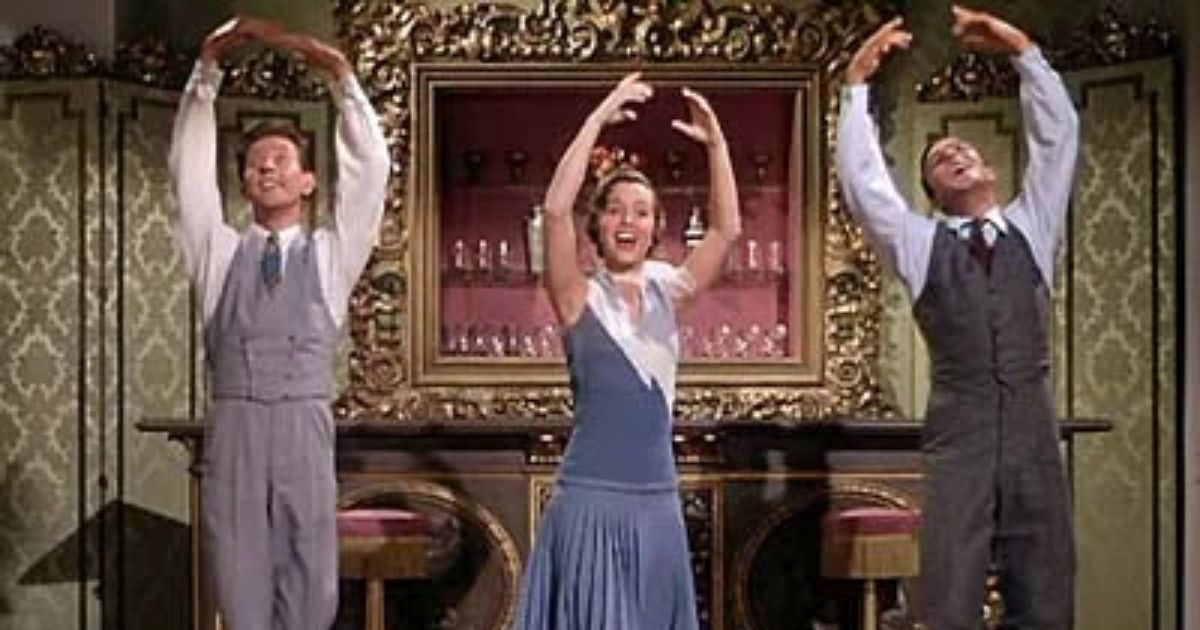
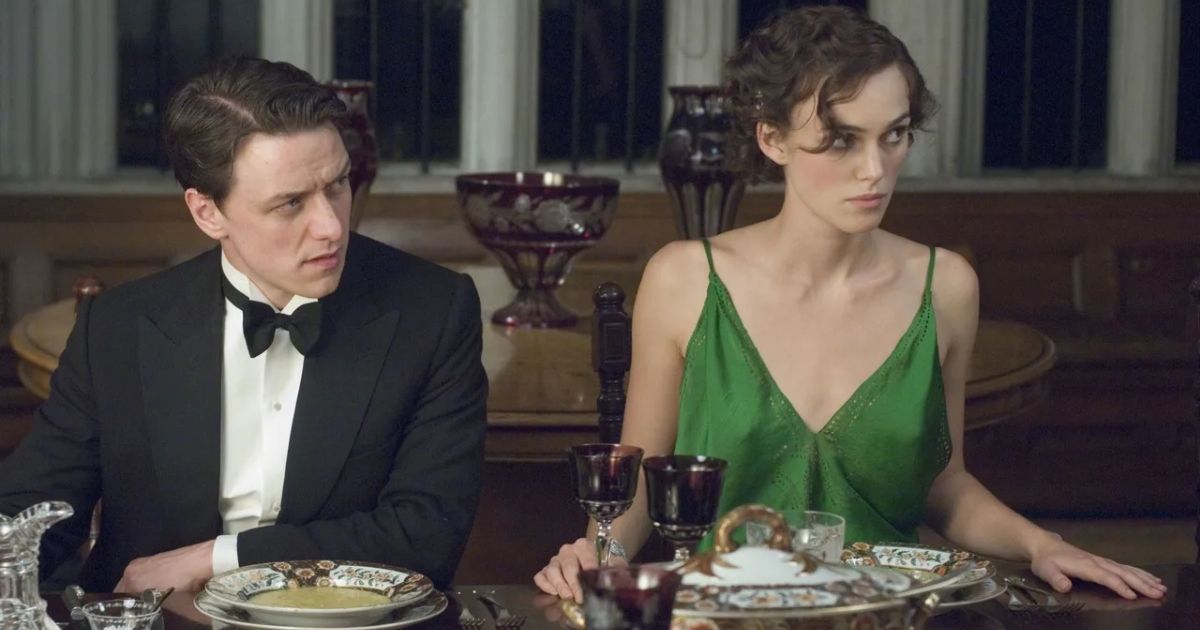
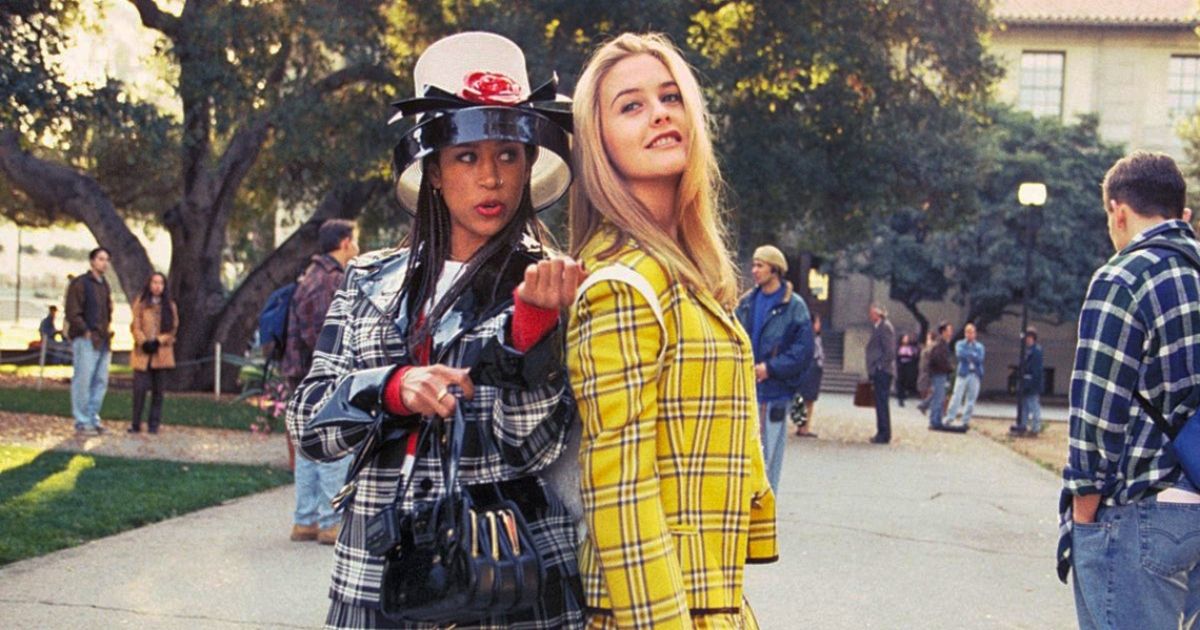
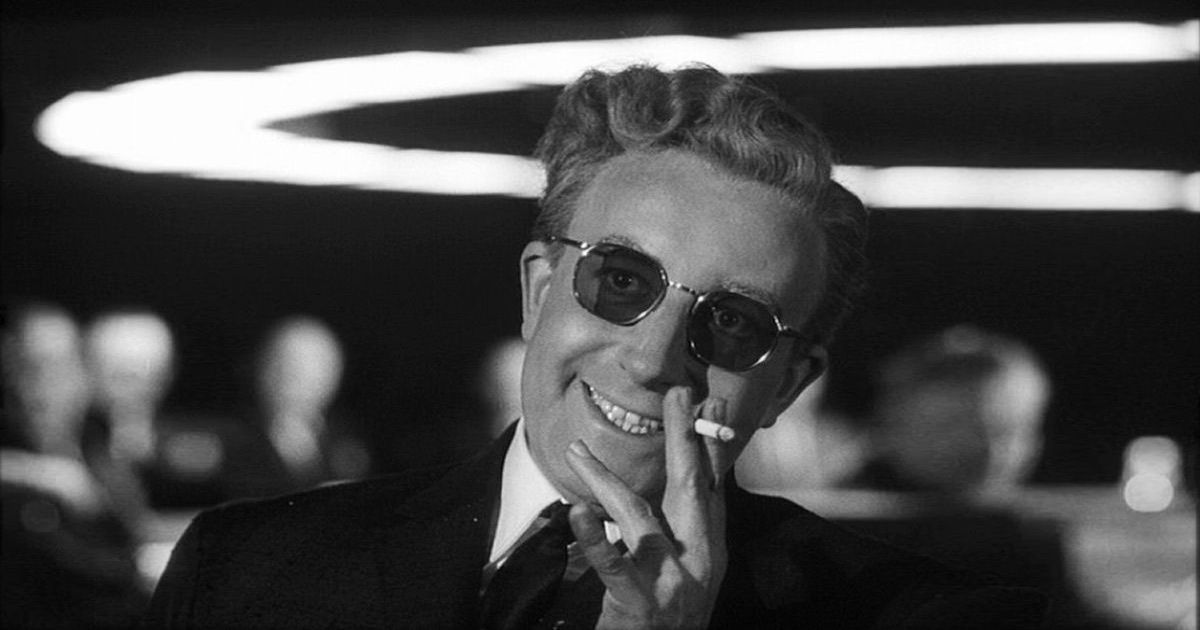
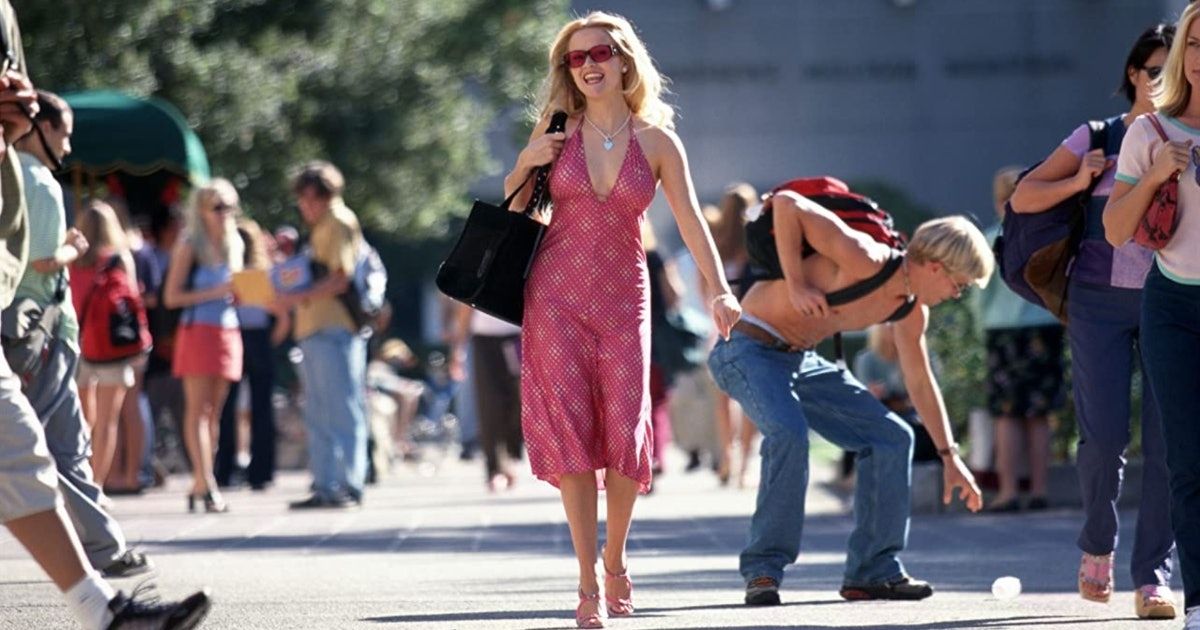
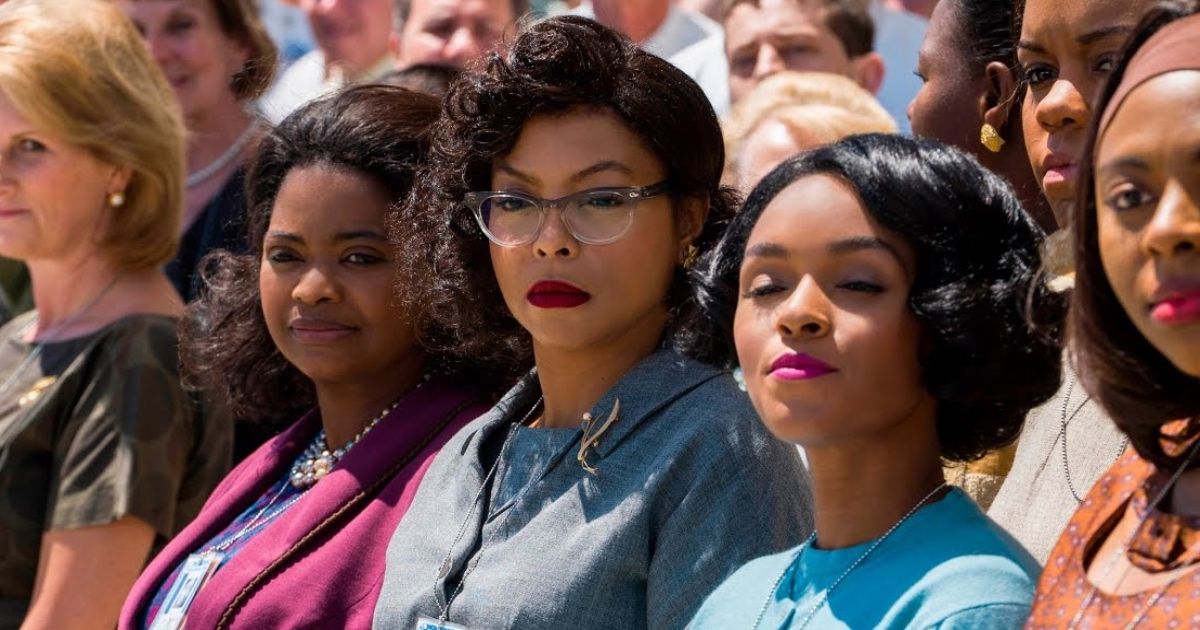

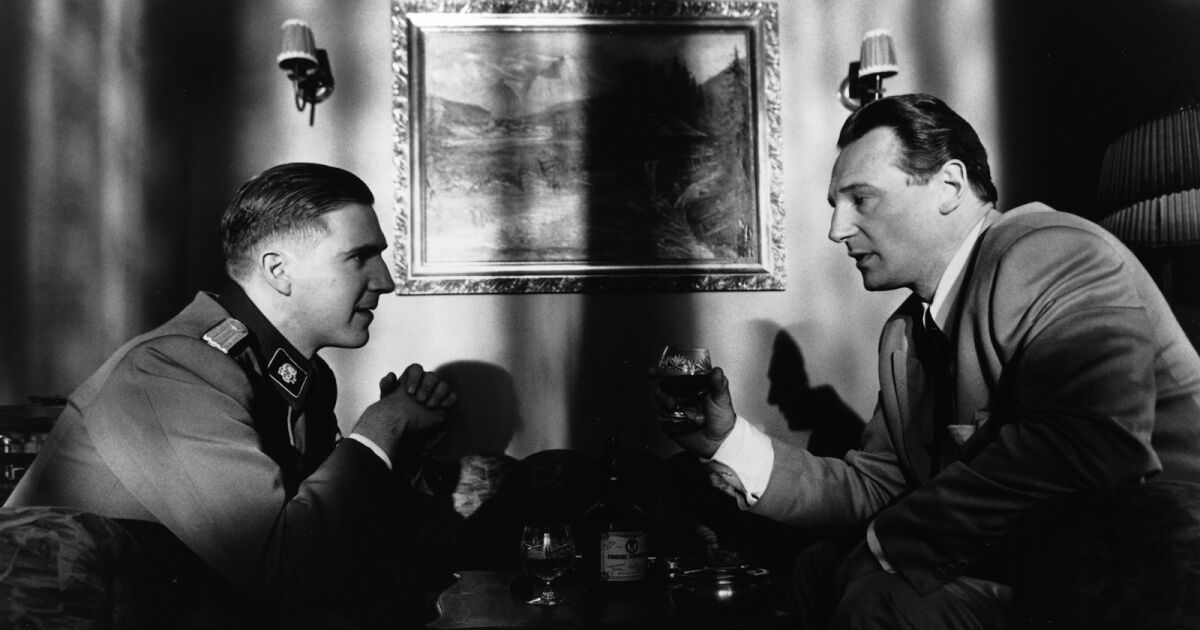
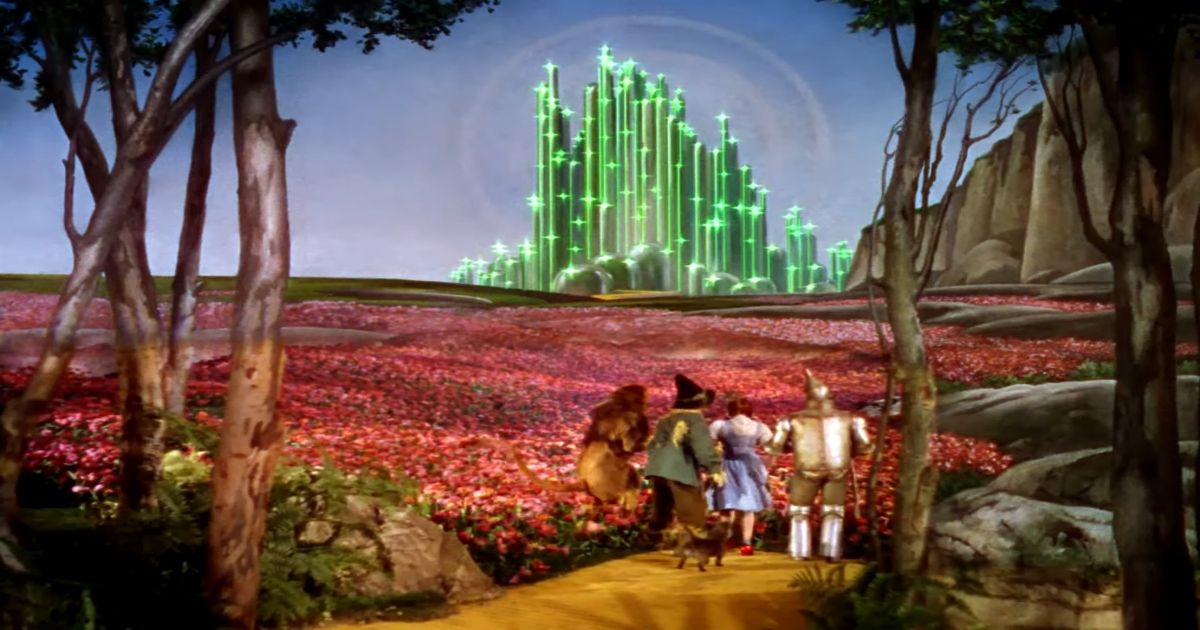
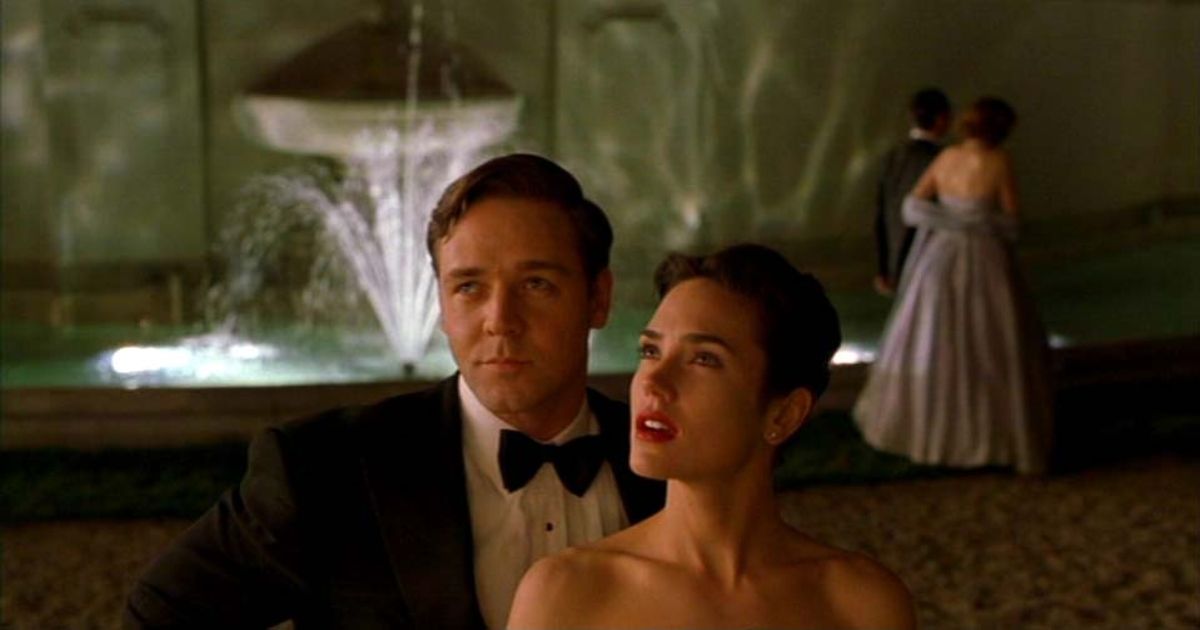
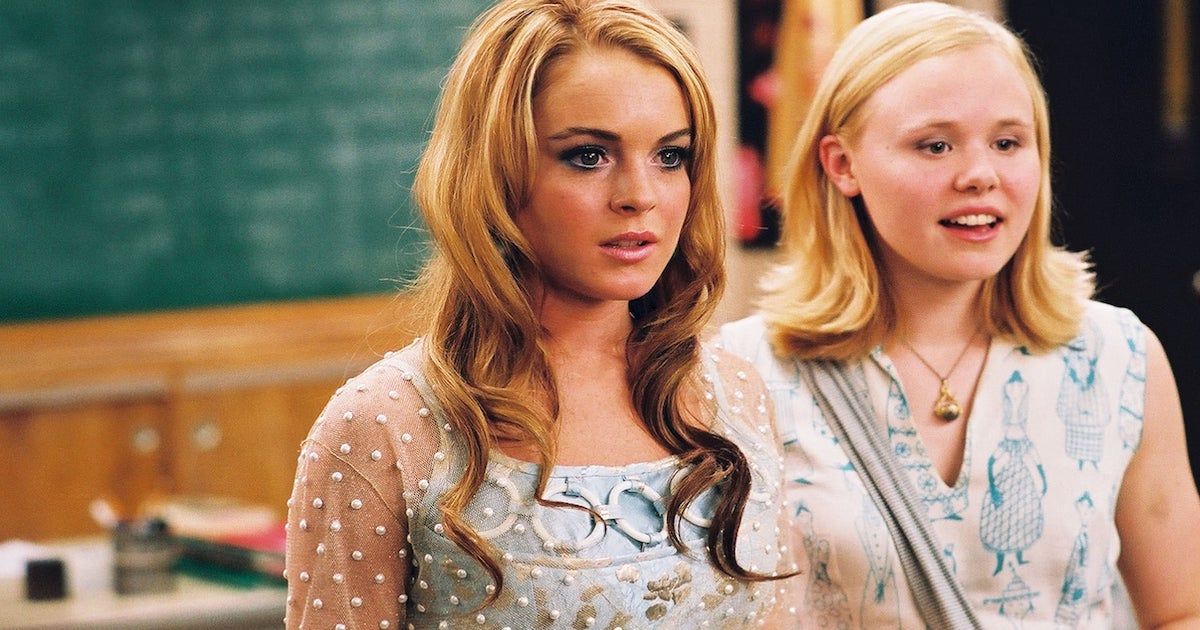

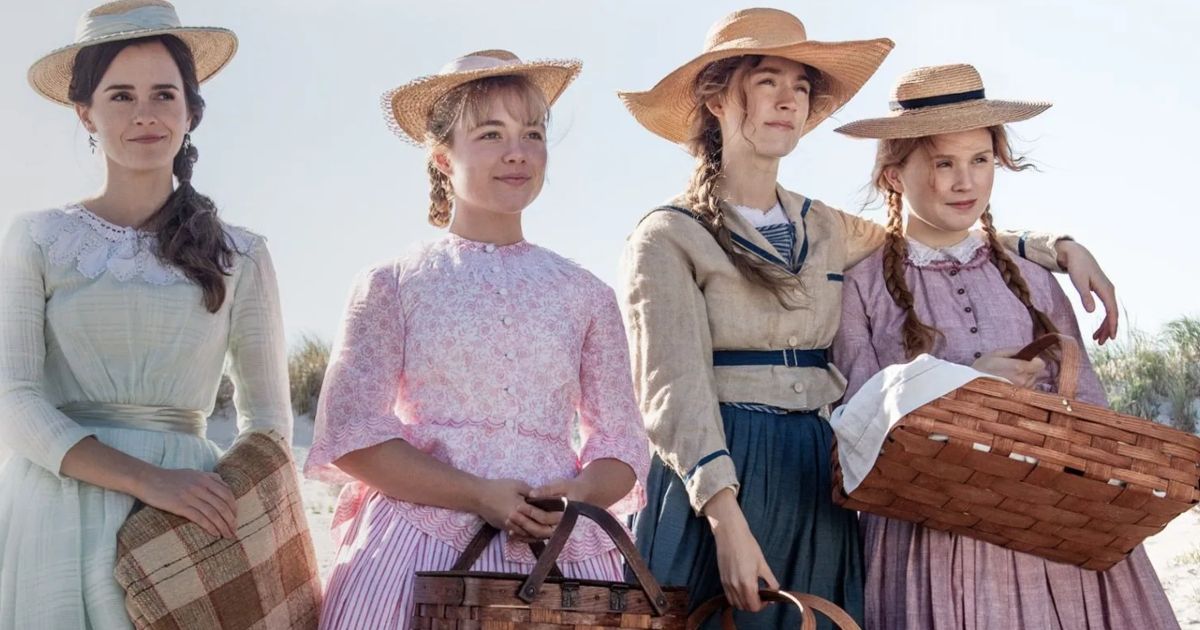
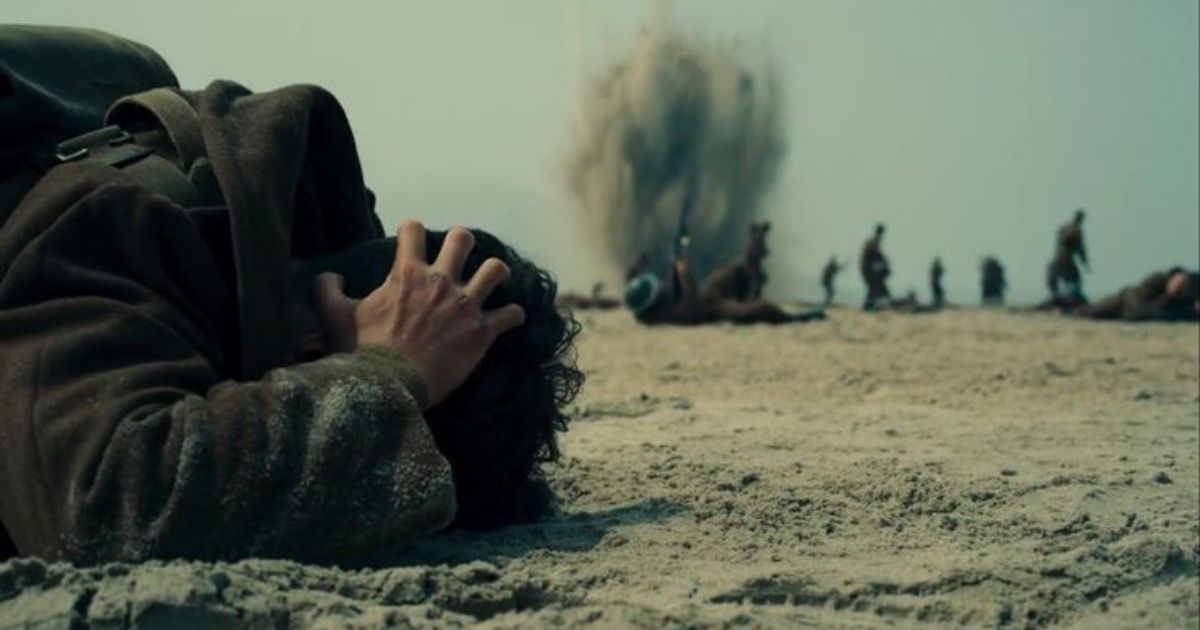
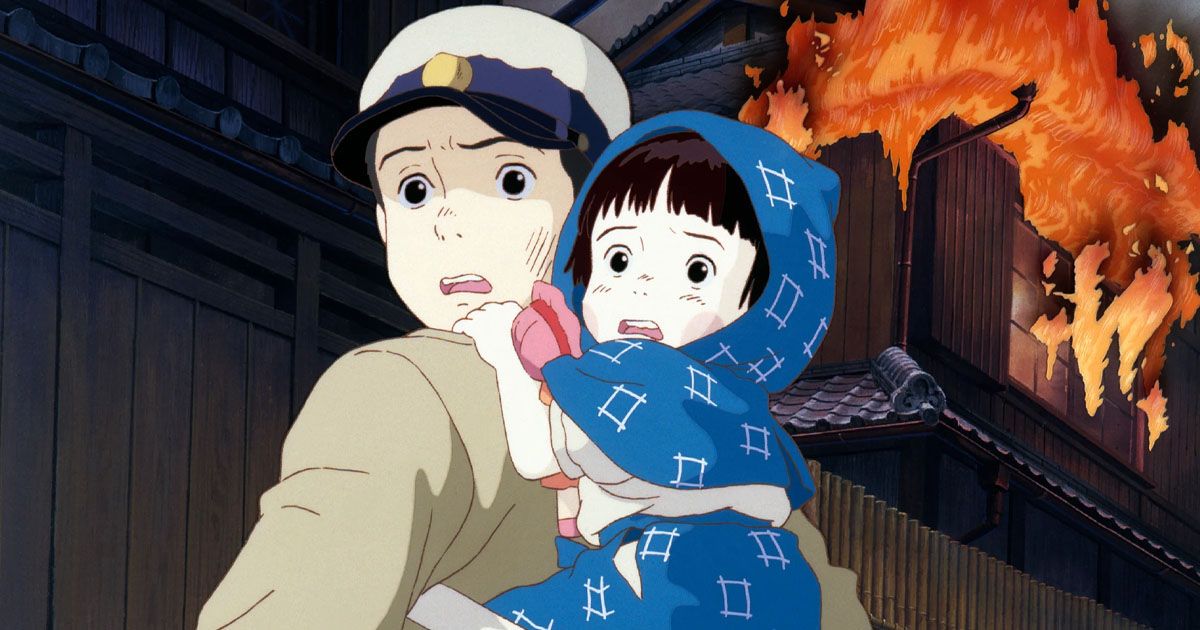
Comments
Post a Comment